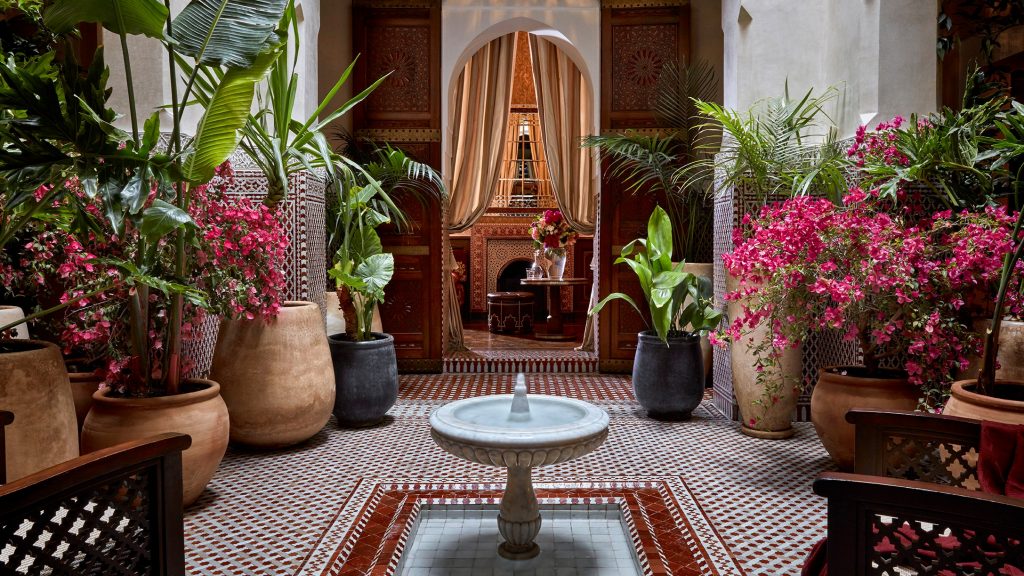reachfar.org – Nestled within the ancient walls of Moroccan medinas, a vibrant tapestry of life unfolds in the form of lush, verdant gardens. These oases of tranquility, amidst the bustling streets and historic architecture, are not just a testament to the country’s rich cultural heritage but also a reflection of its deep-rooted connection with nature. Moroccan gardens, with their intricate designs and harmonious blend of flora, water, and architecture, offer a serene escape and a glimpse into the soul of Morocco.
The Historical Significance
The tradition of creating gardens in Morocco dates back centuries, influenced by a mix of indigenous Berber practices and the Islamic gardens brought by the Moors. These spaces were not merely decorative but served as a vital source of sustenance, shade, and solace in the arid climate. The concept of the garden as a representation of paradise on earth, deeply rooted in Islamic culture, is vividly manifested in the design and layout of Moroccan gardens.
The Art of Garden Design
Moroccan garden design is a meticulous art form, characterized by its geometric precision, use of water features, and the careful selection of plants. The gardens are typically divided into four quarters, symbolizing the four rivers of paradise in Islamic tradition. Water, considered sacred and a symbol of life, plays a central role in these gardens, with rills, fountains, and pools creating a soothing soundtrack to the surrounding greenery.
The choice of plants in Moroccan gardens is equally deliberate, often featuring citrus trees, palms, and a variety of fragrant flowers. The gardens are not only a feast for the eyes but also for the nose, with the air perfumed by the scent of jasmine, roses, and orange blossoms.
Gardens of Note
Among the most famous Moroccan gardens are the Majorelle Garden in Marrakech, a vibrant explosion of color created by French painter Jacques Majorelle and later restored by Yves Saint Laurent. The Menara Gardens, also in Marrakech, offer a more traditional example, with its large water basin reflecting the Atlas Mountains. In Fez, the Jardin Jnan Sbil is a peaceful retreat, with its pavilions, ponds, and exotic plants.
The Role of Gardens in Modern Morocco
Today, Moroccan gardens continue to thrive, not only as tourist attractions but as living entities that play a crucial role in the country’s cultural and ecological landscape. They serve as a reminder of Morocco’s past, a sanctuary for its present, and a hope for its future, promoting sustainability and biodiversity in an increasingly urbanized world.
Conclusion
Moroccan gardens are more than just spaces filled with plants; they are a reflection of the country’s soul, a blend of history, culture, and nature. They offer a serene escape from the hustle and bustle of daily life, a place to reflect and rejuvenate. As we wander through these verdant oases, we catch a glimpse of the paradise that inspired their creation, a bloom of life in the heart of the medina.
